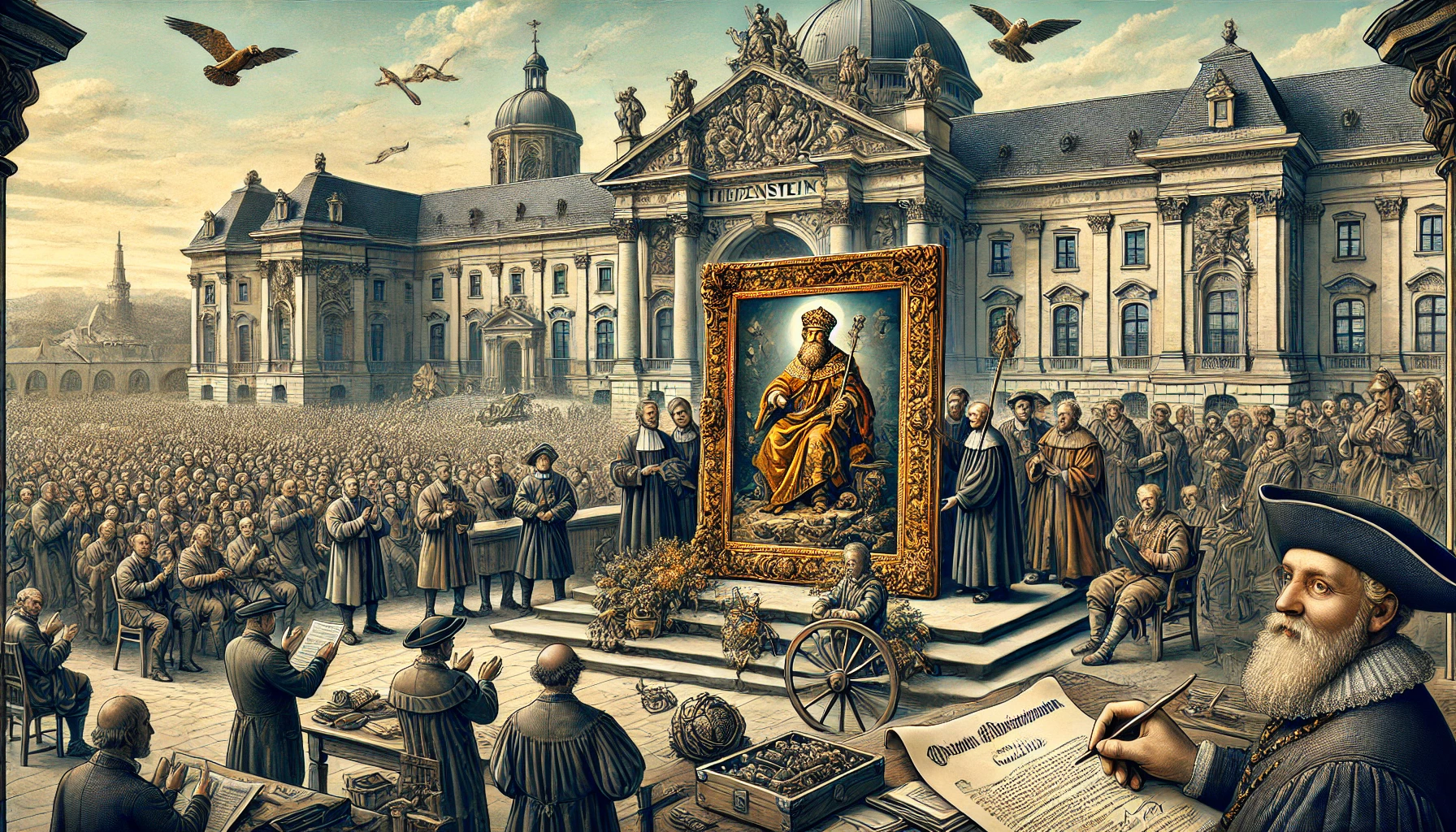A rare oil sketch by Peter Paul Rubens, "Saint Gregory of Nazianzus" (1621), has been returned to the Friedenstein Foundation in Gotha, Germany. This restitution marks a significant recovery of cultural heritage lost during the chaotic aftermath of World War II.
Historical Background and Significance
The Friedenstein Foundation's collection once included five Rubens sketches, including "Saint Gregory of Nazianzus." These sketches were part of a series created for the Jesuit Church of St. Charles Borromeo in Antwerp, marking Rubens's first major public commission. The final paintings, which depicted biblical scenes, female saints, and "fathers" of the church, adorned the church's ceilings but were destroyed by a fire caused by lightning in 1718, making the surviving sketches even more valuable.
Duke Ernest II of Saxe-Gotha-Altenburg acquired these sketches in 1802 from art dealer François Xavier de Burtin of Brussels. The source of de Burtin's acquisition remains unclear. After World War I, Friedenstein Palace became a public museum, and ownership of its collection and property was transferred to a foundation.
However, problems arose in March 1945 when "Saint Gregory" and the other four sketches were moved from Friedenstein’s Ducal Museum to an unknown location in Coburg to protect them from the Soviet army. After the war, members of the Saxe-Coburg-Gotha family allegedly removed and illegally sold these artworks from the museum complex and the storage location in Coburg.
The Journey of "Saint Gregory of Nazianzus"
In 1952, the sketch was sold by New York gallery E. & A. Silberman to the Albright Art Gallery, now known as the Buffalo AKG Art Museum. The Friedenstein Foundation, along with Christie’s auction house and the Ernst von Siemens Kunststiftung (EvSK), collaborated over several years to facilitate the return of this sketch.
Legal and Financial Issues
The restitution process for "Saint Gregory of Nazianzus" involved significant legal and financial efforts. The EvSK provided funds and established the legal framework to prove the sketch's illegal sale. In 2020, the Buffalo AKG Art Museum contacted Christie’s to organize the sale.
As part of an amicable agreement, the Friedenstein Foundation purchased the sketch for a low seven-figure sum, acknowledging that the Buffalo AKG Art Museum acquired the work in good faith in 1952 when the true details of ownership were not publicly known.
Future Implications
The successful restitution of "Saint Gregory of Nazianzus" sets a precedent for the return of other lost artworks from the Friedenstein Foundation’s collection. The foundation’s director, Tobias Pfeifer-Helke, emphasized the goal of restoring the historical integrity of the collection. Martin Hoernes, secretary general of EvSK, highlighted the ongoing commitment to restitution and the establishment of a legal framework to facilitate future returns.
Conclusion
The return of Rubens’s "Saint Gregory of Nazianzus" to the Friedenstein Foundation underscores the importance of international cooperation and legal diligence in the restitution of cultural heritage. This event not only restores a piece of history to its rightful place but also lays the groundwork for further restitutions, ensuring that historical collections can be reassembled and appreciated by future generations.

